Close up portraits
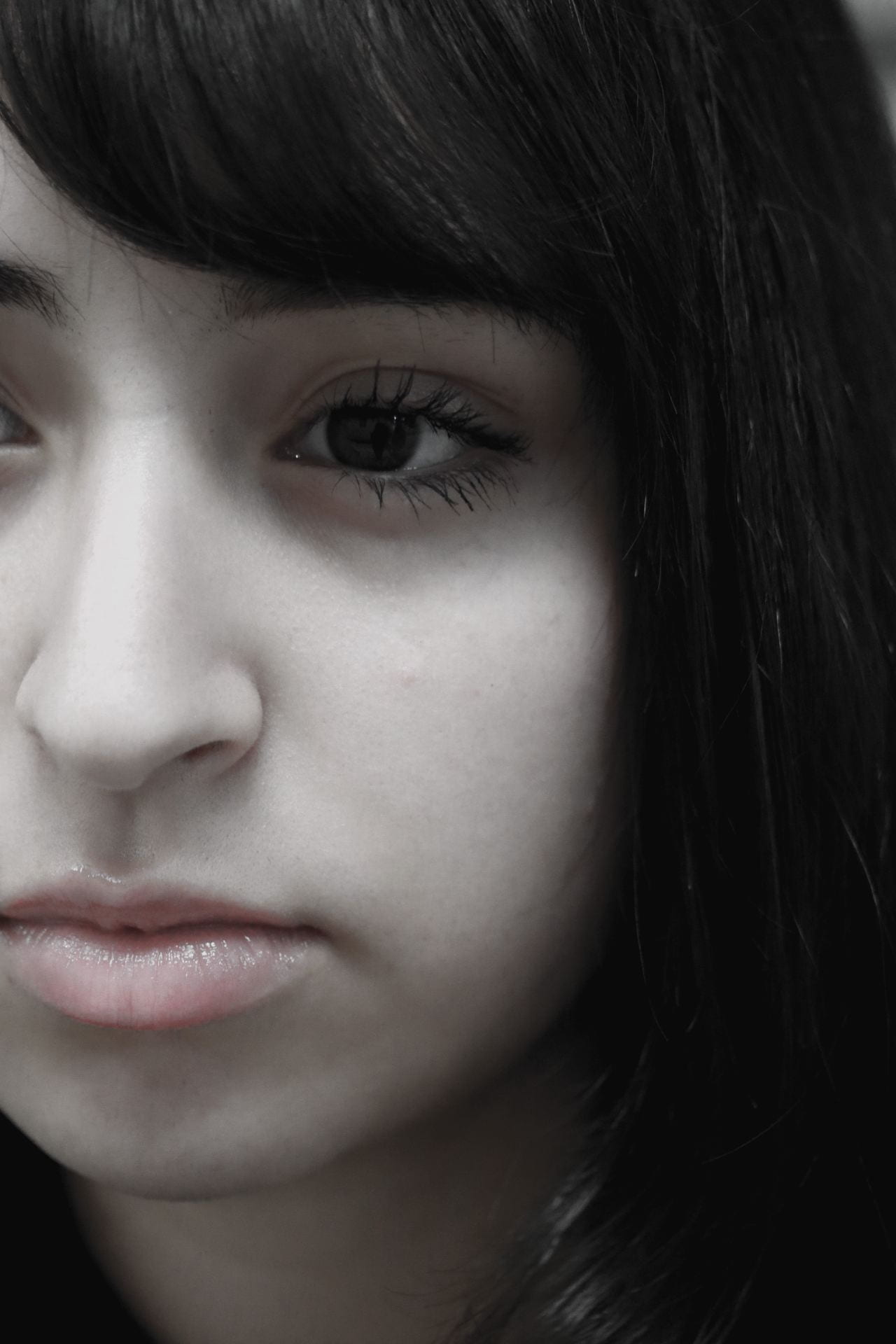 Skin color poops, her eyes stick out the most, light pink lips.
Skin color poops, her eyes stick out the most, light pink lips.
Facial features pop, background gives skin tone more color
Valerie Reyes Period:6
 Skin color poops, her eyes stick out the most, light pink lips.
Skin color poops, her eyes stick out the most, light pink lips.
Facial features pop, background gives skin tone more color
What I learned about white balance was there was two white balancing methods.
List:
:max_bytes(150000):strip_icc()/Spicy-McNuggets-Are-Back-at-McDonalds-FT-BLOG0923-43139bdeb0874fc59af1abd48e5c5e34.jpg)
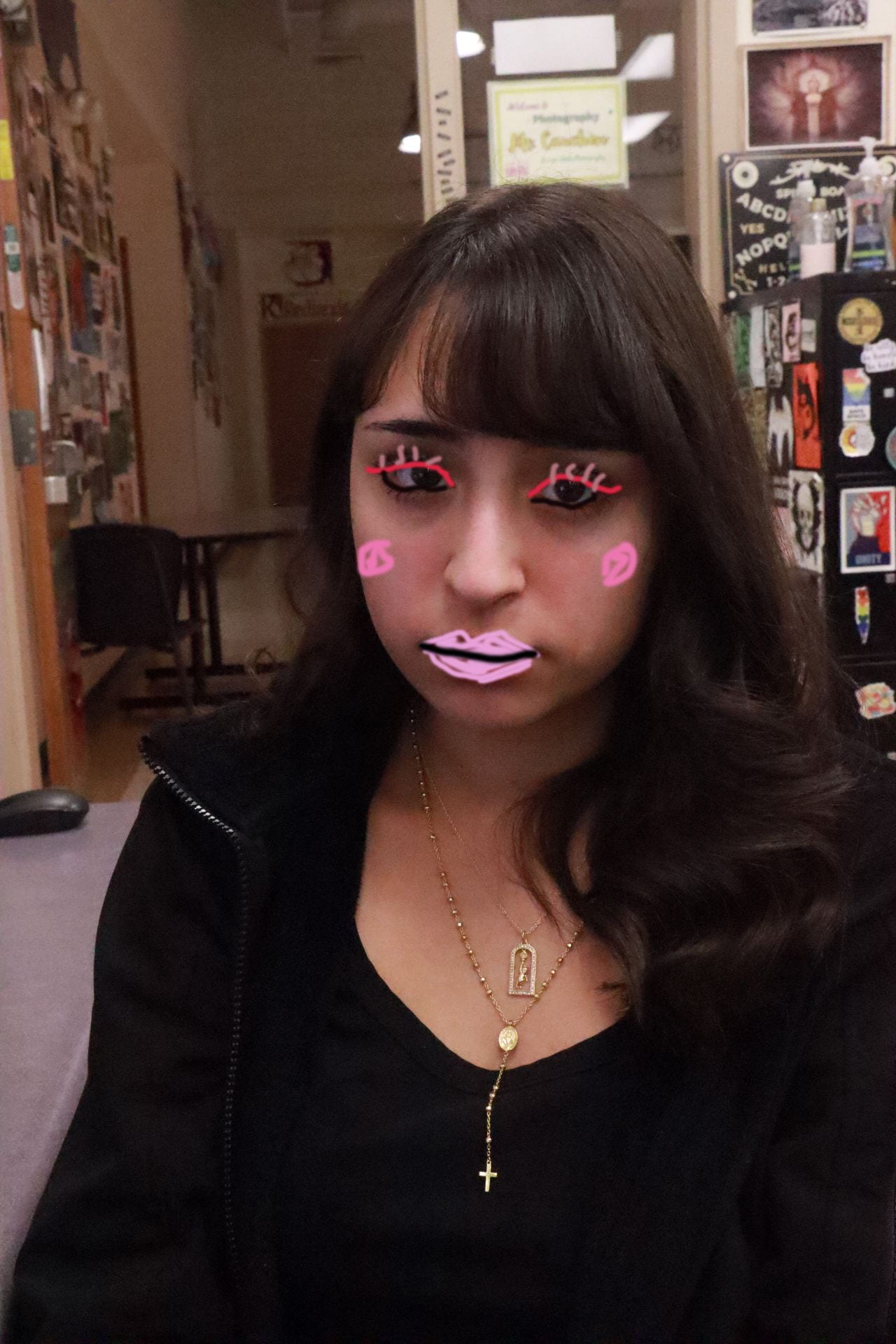
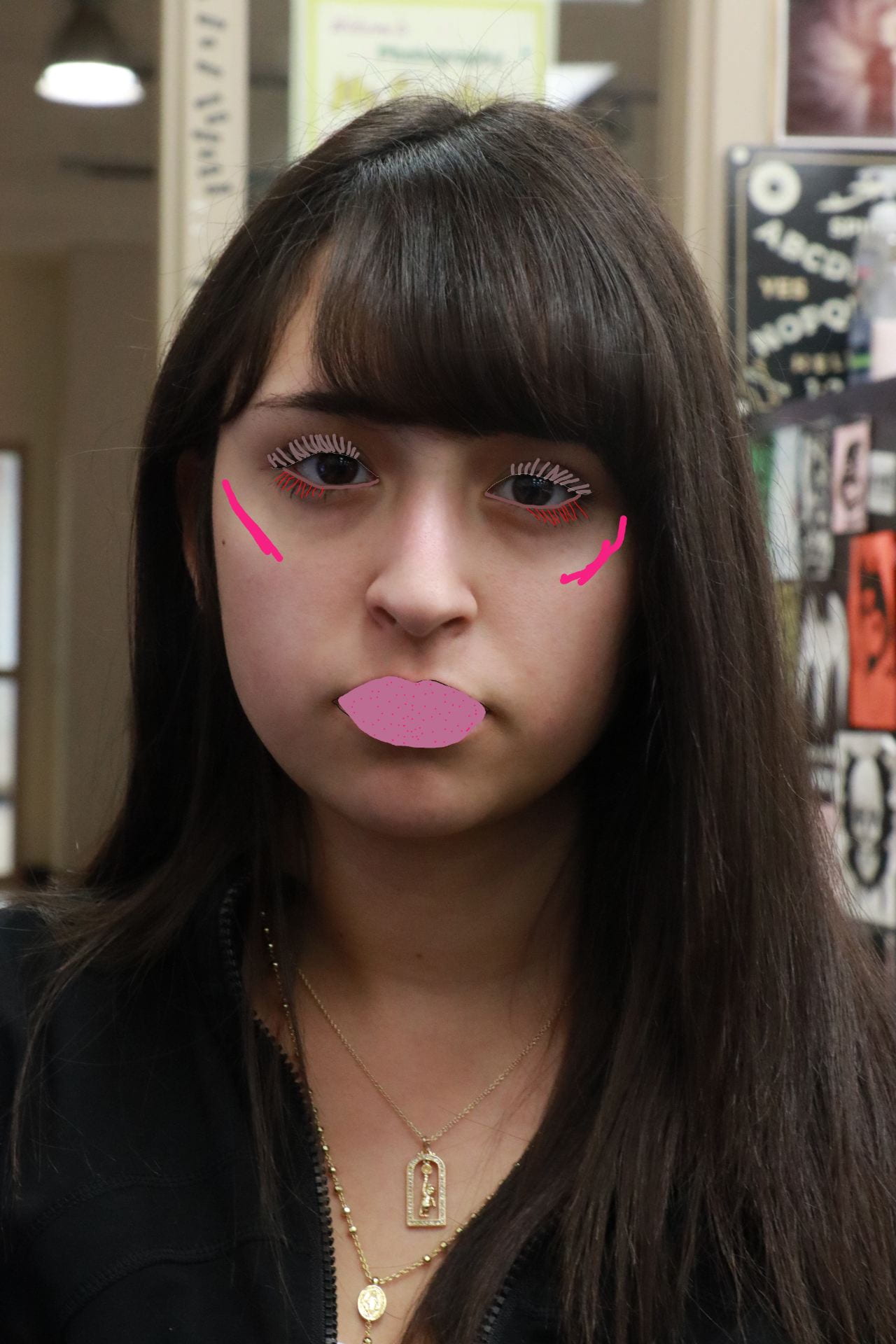 1. Choose the right photo surface
1. Choose the right photo surface
2. Prime before painting
3. Use suitable paints
4. plan your composition
5. seal your work
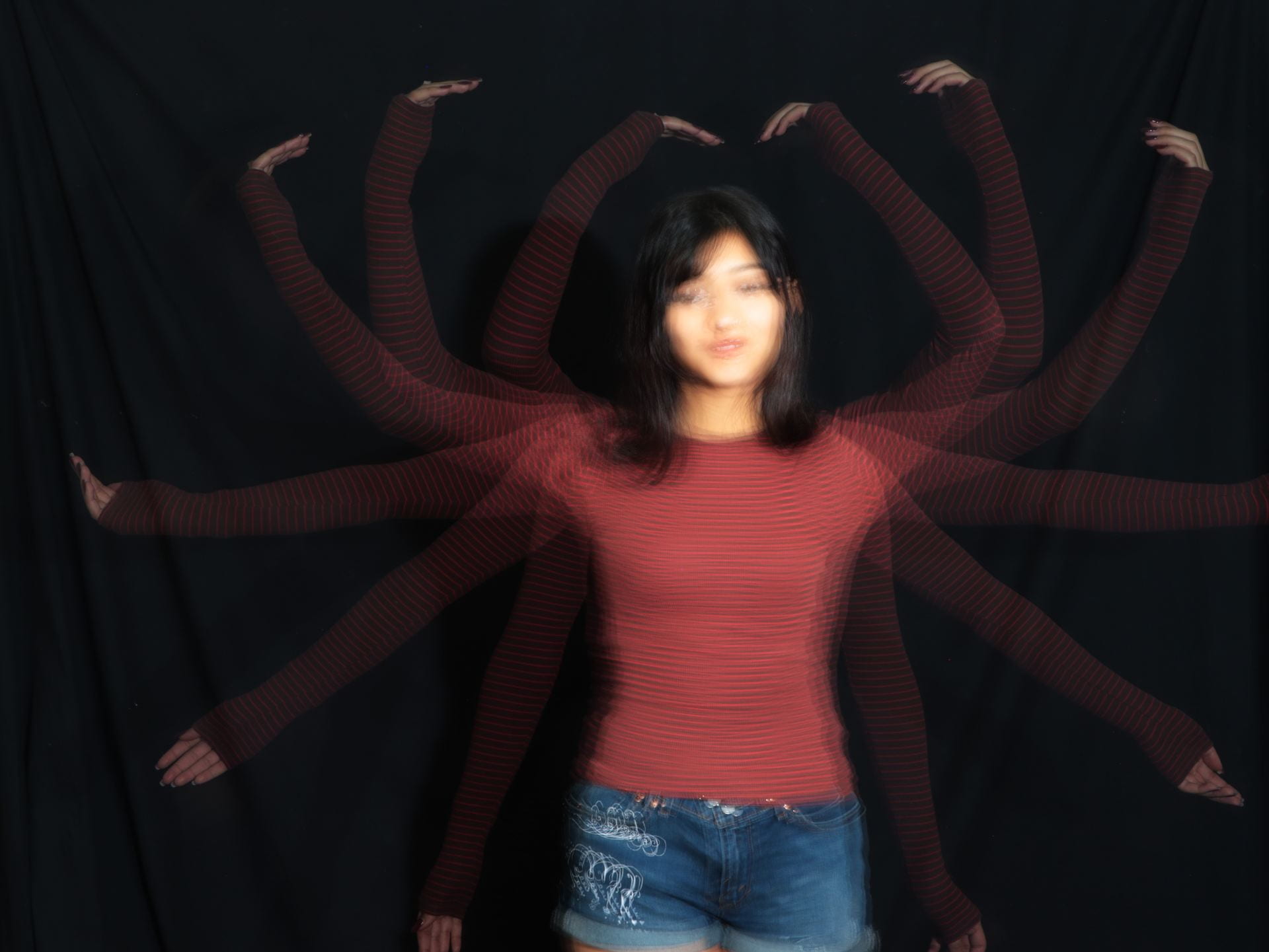
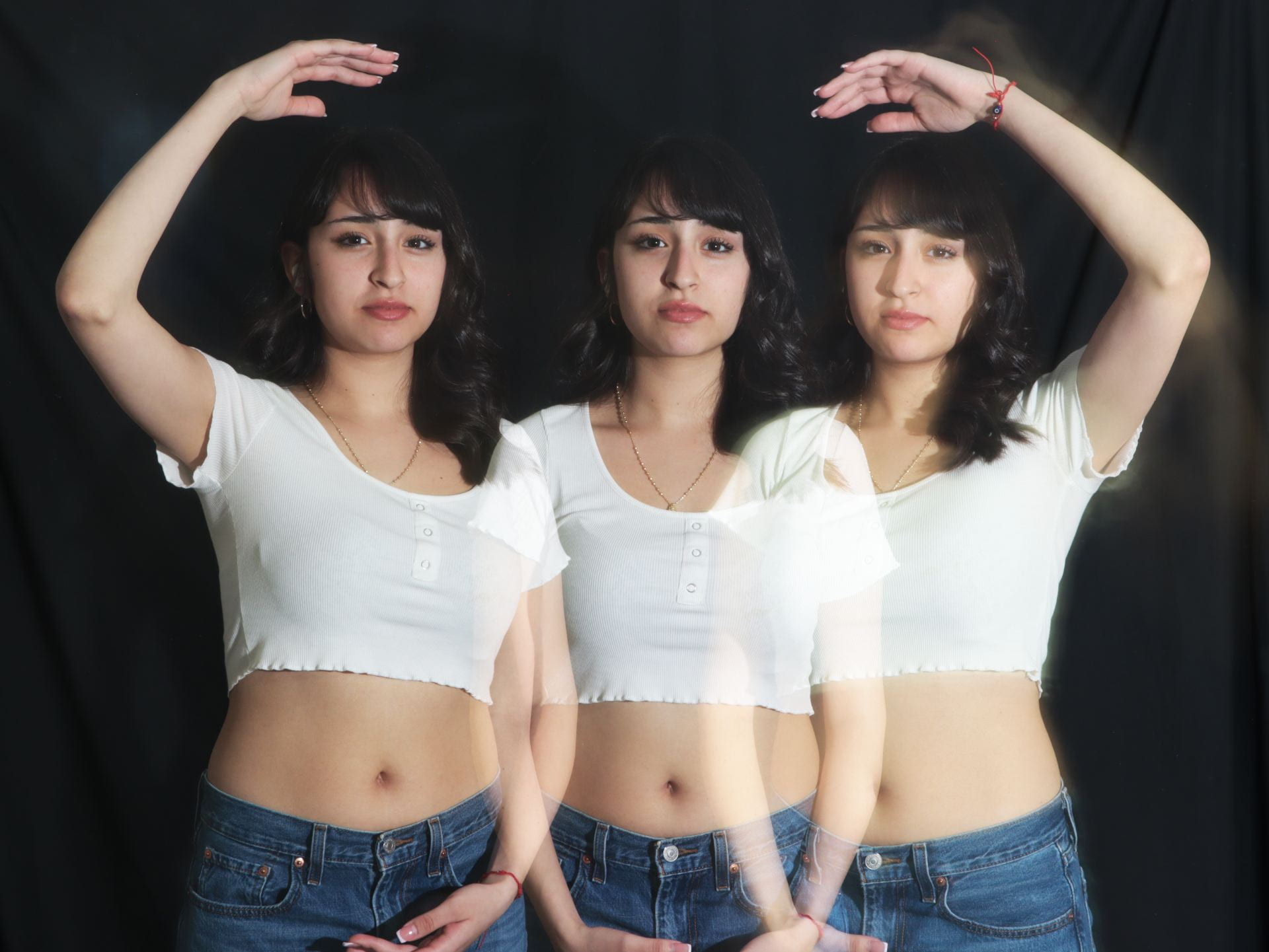 I accomplished my final result by finding the correct timing. I also had my camera pointed at a certain angle to get a perfect shot. For editing I wanted a more bright image showing the olor of their hair as well as make their skin tone pop.
I accomplished my final result by finding the correct timing. I also had my camera pointed at a certain angle to get a perfect shot. For editing I wanted a more bright image showing the olor of their hair as well as make their skin tone pop.

 People use flash to fill out shawdow. You can attach a light to the camera so your subject will have no shadow
People use flash to fill out shawdow. You can attach a light to the camera so your subject will have no shadow